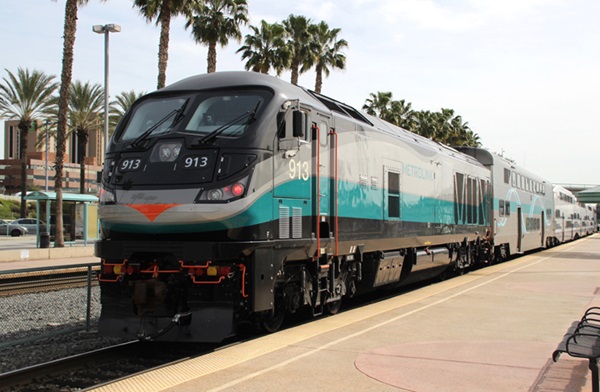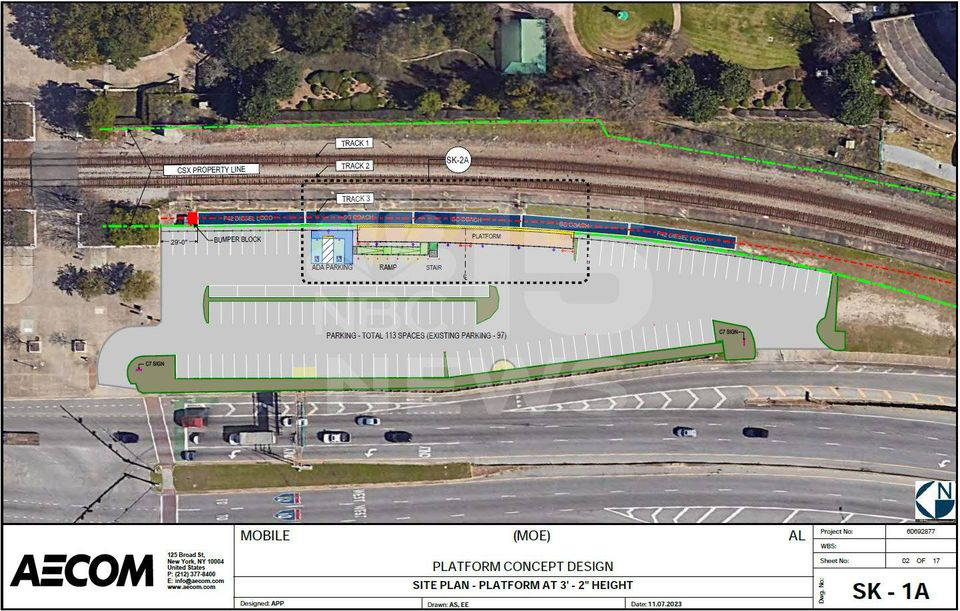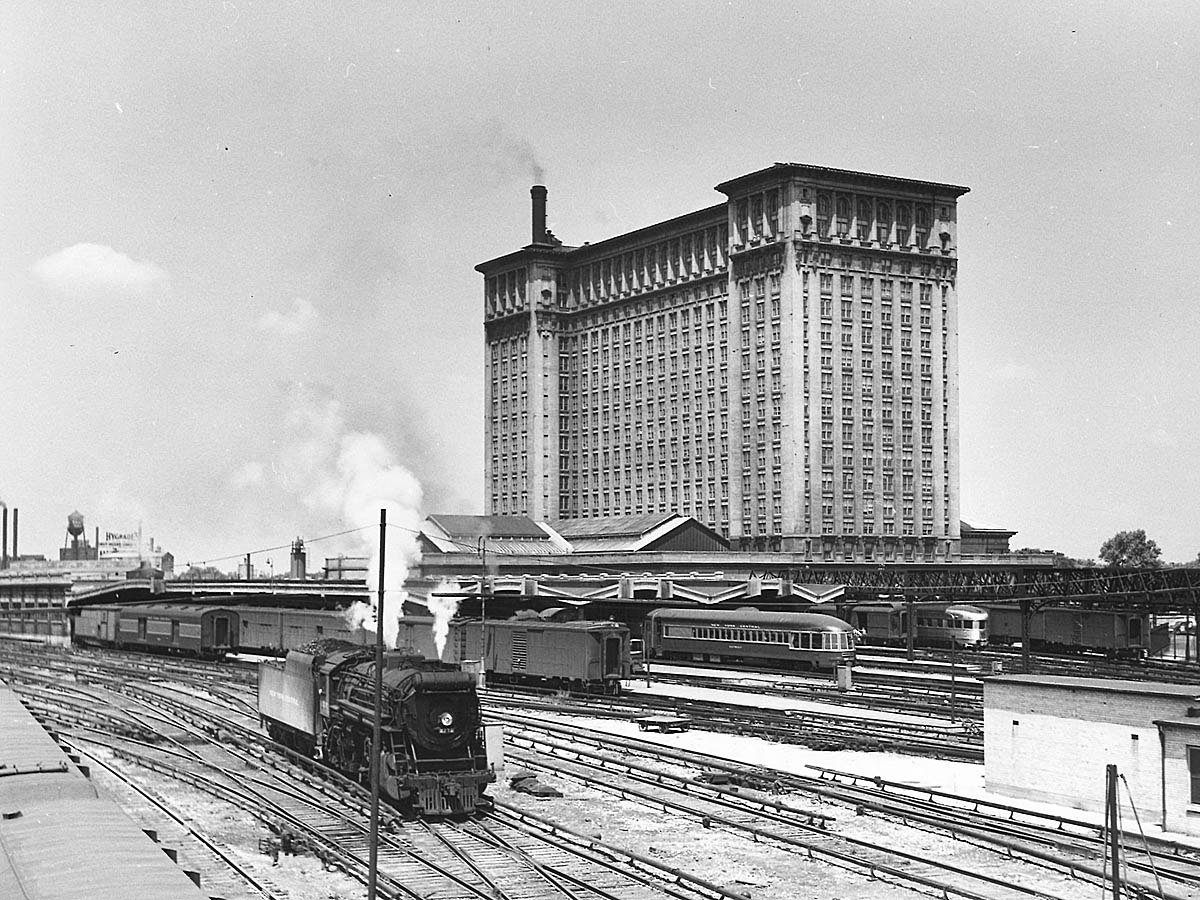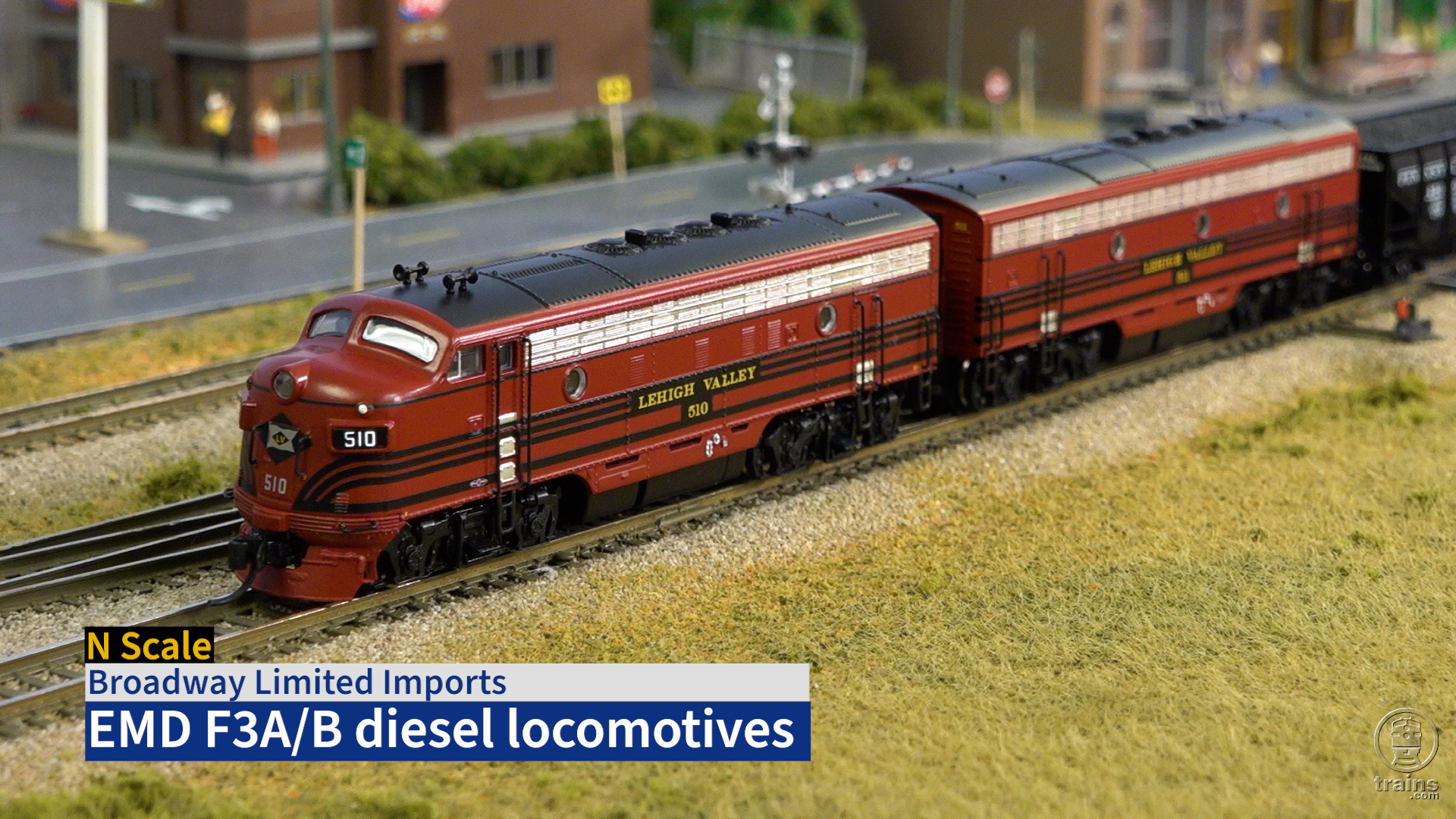
LOS ANGELES — Mechanical issues that have taken 19 of its 55 locomotives out of service have led commuter rail operator Metrolink to reduce service on three of its routes this week.
The cancellations began Tuesday, Aug. 23, and cover one round trip on each line. After initially being announced as extending until further notice, Metrolink now says the cancellations are through Friday, Aug. 26. “We do anticipate a sufficient number of locomotives by Monday the 29th and will keep our passengers informed,” the agency says in a service alert.
Metrolink needs 36 locomotives to cover operations of its 134 weekday trains, the agency says. When that number dropped to 34, it needed to reduce service by six trains. The 19 locomotives out of service include 17 needing unscheduled repairs and two requiring preventative maintenance. “There are a handful of different issues that have led to locomotives being out of service,” Metrolink Director of Communcations Scott Johnson said in an email to Trains News Wire, “but the length of time to repair has been unfortunately prolonged due to a lack of available replacement parts.”
The six trains that have been cancelled were chosen based on a combination of ridership, locomotive logistics, and available alternative Metrolink service, Johnson said. “Selected trains had slightly less ridership compared to trains that operated in similar time slots. Metrolink also wanted to maintain critical service at the beginning and conclusion of each day.”
The cancelled trains are:
— On the Ventura County line, train 100, a 5:02 a.m. departure from Moorpark, and train 121, a 5:54 p.m. departure from L.A. Union Station to Moorpark;
— On the Antelope Valley Line, train 202, a 4:41 a.m. departure from Lancaster, and train 229, a 7:39 p.m. departure from L.A. Union Station to Lancaster;
— And on the San Bernardino Line, train 381, a 6:15 p.m. express departure from San Bernardino, and train 382, an express 5:26 p.m. departure from L.A. Union Station to San Bernardino.
The current Metrolink locomotive roster includes 15 MPI MP36PH-3C diesels dating to 2008, and 40 EMD F125 locomotives built in 2016 and 2017. Metrolink remains the only operator of the F125, a Tier 4-compliant diesel which experienced significant teething problems upon its introduction. It was almost two years after the first unit was delivered before one of the F125 was allowed to operate solo in revenue service, and It took almost five years to complete the 40-unit order, with the last locomotive arriving in May 2021 [see “Final Metrolink F125 arrives …,” Trains News Wire, May 18, 2021].
— Substantially updated and revised at 6:45 p.m. CDT to include new information from Metrolink.














PRR E7A units 5900-5901 made every trip for 6 months in 1946.
Shouldn’t have gotten rid of the F59s so fast, methinks.
To much computerization.
Looks like they need to reactivate the F59 fleet!
Maybe the well intended government mandate (Tier IV emissions controls) is not ready for “Prime Time”? Maybe the technology is not quite perfected yet? Meanwhile Metrolink has become the F125’s beta-testers. Hopefully they will find and fix the “bug”. Which leads me to next point: they don’t really make cars and locomotives anymore; instead, they make computers on wheels.
The problem is the new locomotives and cars have to many computer Applications now. Causes them to have many issues
Seems like we can’t build anything right anymore. Maybe we are just making things way too complicated now?
My reply is a little off topic, but here goes. I had a 1978 Chevy pickup ($6,200) that I was able to sit on the fender and have my feet in the engine compartment and be able to work on the rotor and change the plugs and whatever I had to do on the engine. My 2017 Chevy’s engine compartment is so compact I can barely get my hands in there, (exaggeration). Not that it makes any difference, because I don’ know where anything is, or what it is. By the way, the”78 Chevy lasted me 20 years and over 330,000 miles. You are correct in saying “maybe we are making things to complicated now”.